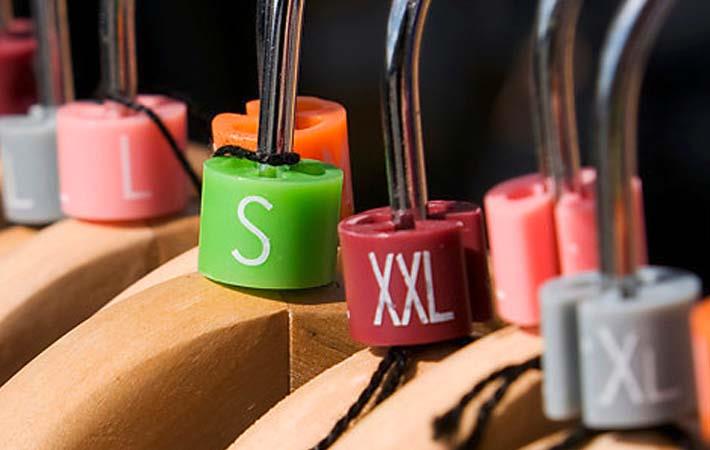Interviews
ISO revises clothing size standards
17 Mar '17
2 min read

Courtesy: ISO
Standards which help manufacturers develop size and shape profiles for different populations to create clothing and mannequins have been revised to reflect changes in the clothing sector and eliminate trade barriers by harmonising size marking and the terms of reference worldwide. Sizes across brands and countries vary due to different body shape profiles.
Clothing sizes have been constantly changing in proportions and dimensions since "ready-to-wear" clothing with standardised sizes appeared in the mid-19th century. Sizes across brands and countries continue to vary based on different assumed body shape profiles.
It is the ISO 8559 series of standards which provides guidelines for clothing manufacturers to develop size and shape profiles based on different populations in order to create all kinds of clothing and mannequins. These help the manufacturers to define how and where to measure the body. These standards have recently been updated to reflect changes in the dynamic clothing sector and eliminate trade barriers
The standards were created and revised by ISO technical committee ISO/TC 133, Clothing sizing systems - size designation, size measurement methods and digital fittings, whose secretariat is held by SABS, ISO's member for South Africa.
Reena Pandarum, chair of ISO/TC 133, said the ISO 8559 series is aimed at increasing customer satisfaction and reducing returns of items as a result of a poor fit. "They will also help to reduce barriers to international trade by providing a universal set of size markings and terms of reference. This will help to simplify information on garment labels for shoppers as, currently, body dimensions are listed on garment sizing labels that do not relate to the body measurements."
The ISO 8559 series comes in two parts. Part 1 deals with the definition and generation of body measurements, the creation of size and shape profiles and their applications in the field of clothing. Part 2 is designed to be used in conjunction with part one and specifies primary and secondary dimensions for different garment types. The aim of the standard is to establish a size designation system that can be used by manufacturers and retailers to indicate to consumers the body dimensions that the garment is intended to fit. (SV)
Fibre2Fashion News Desk – India
Popular News
Leave your Comments
Editor’s Pick
































-Ltd..jpg?tr=w-120,h-60,c-at_max,cm-pad_resize,bg-ffffff)





.jpg?tr=w-120,h-60,c-at_max,cm-pad_resize,bg-ffffff)
.jpg?tr=w-120,h-60,c-at_max,cm-pad_resize,bg-ffffff)






